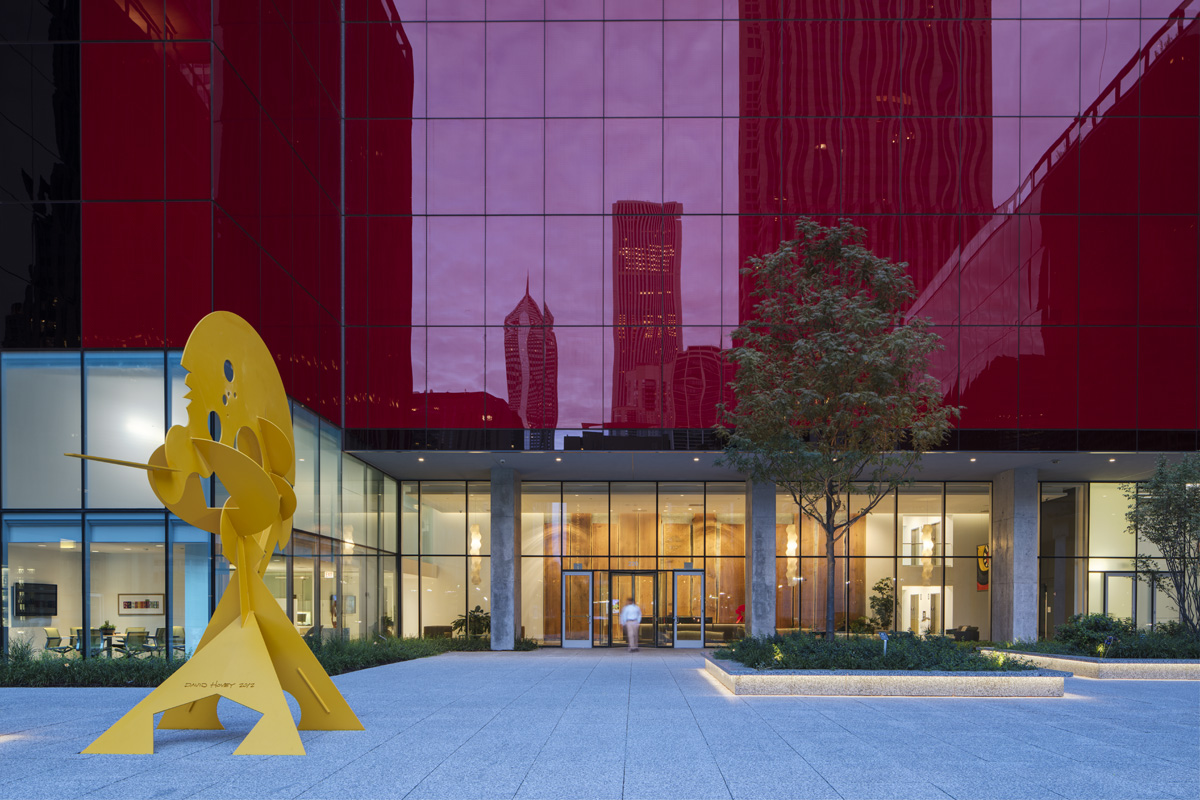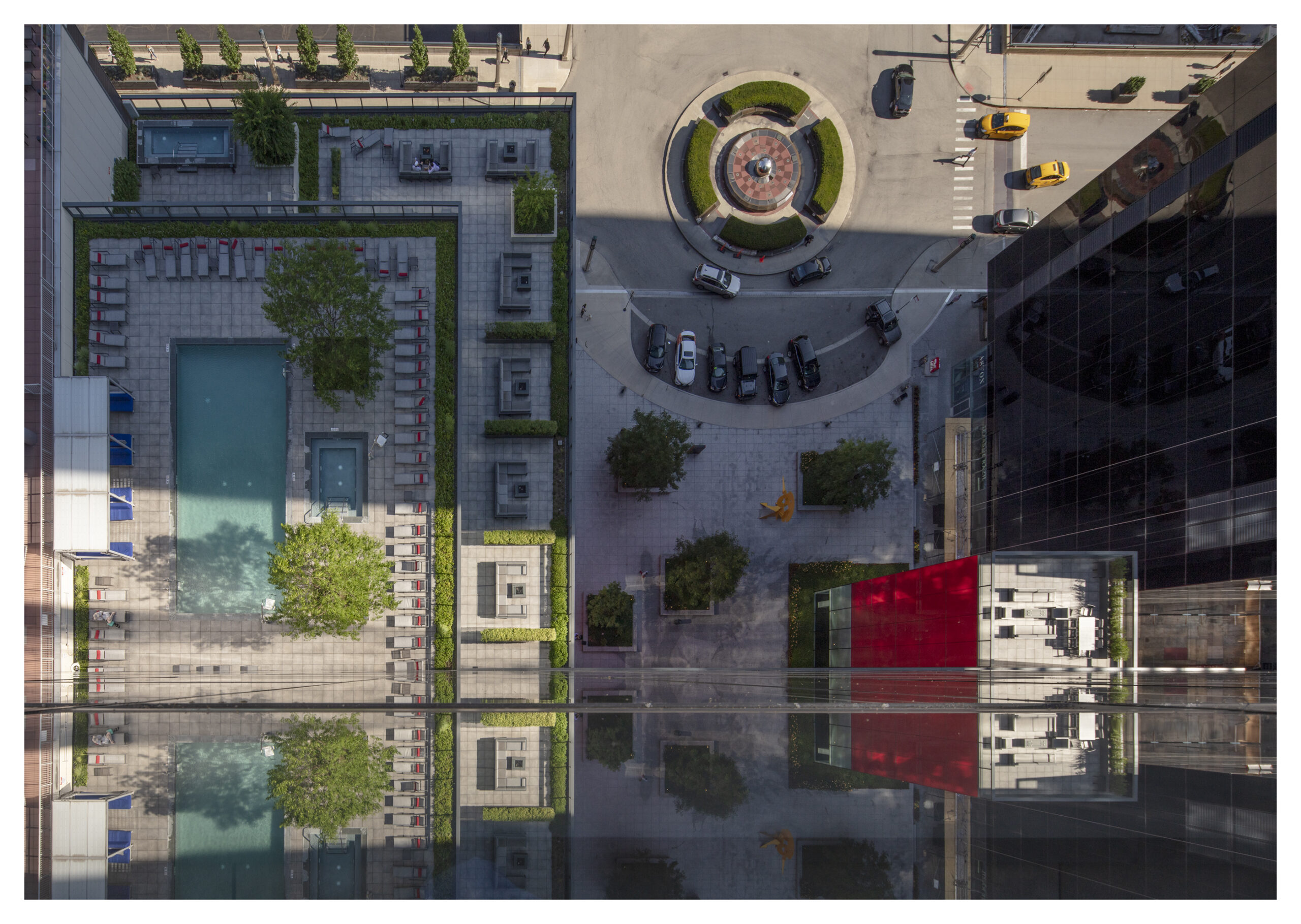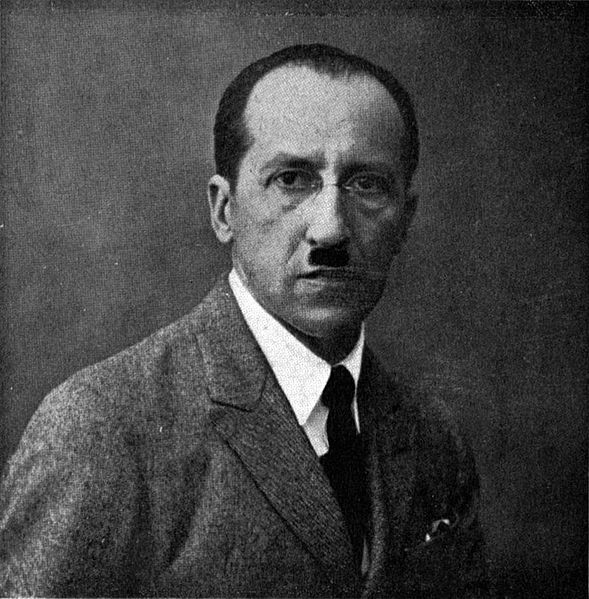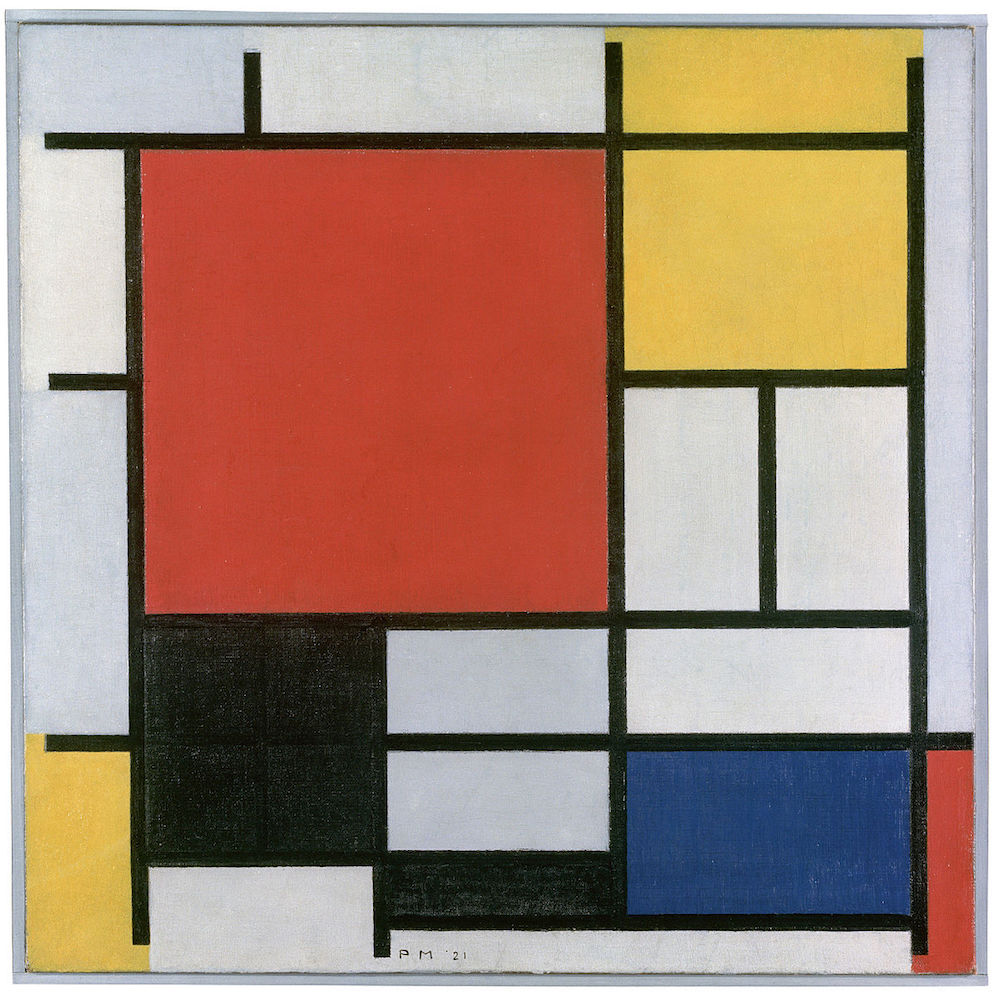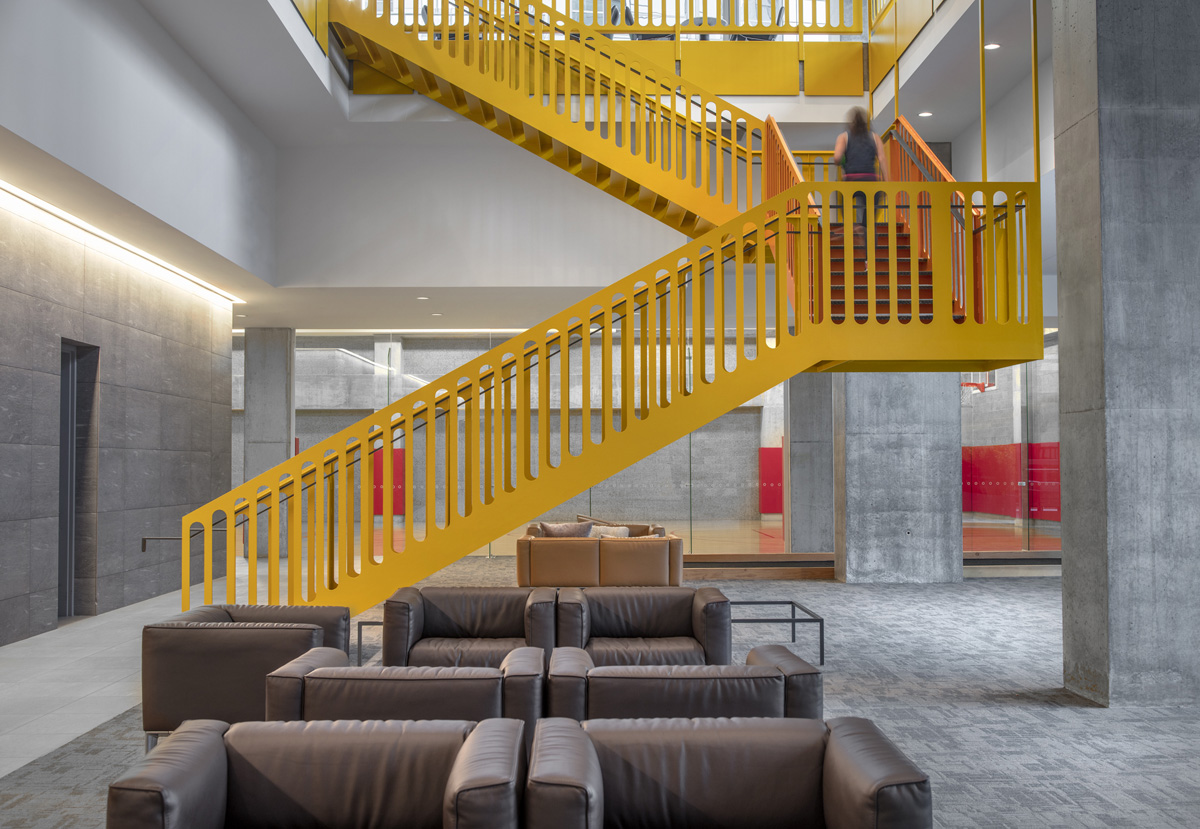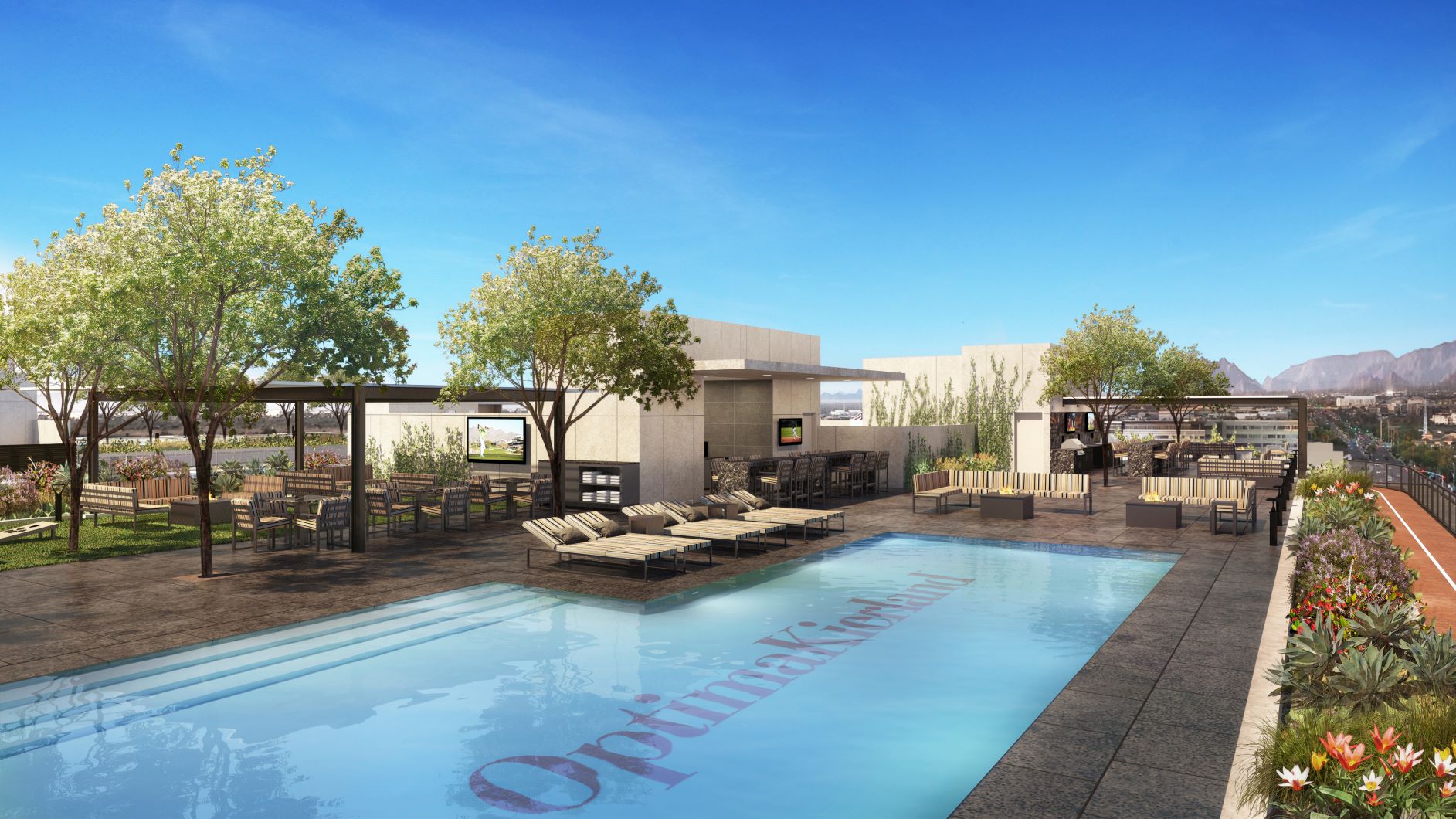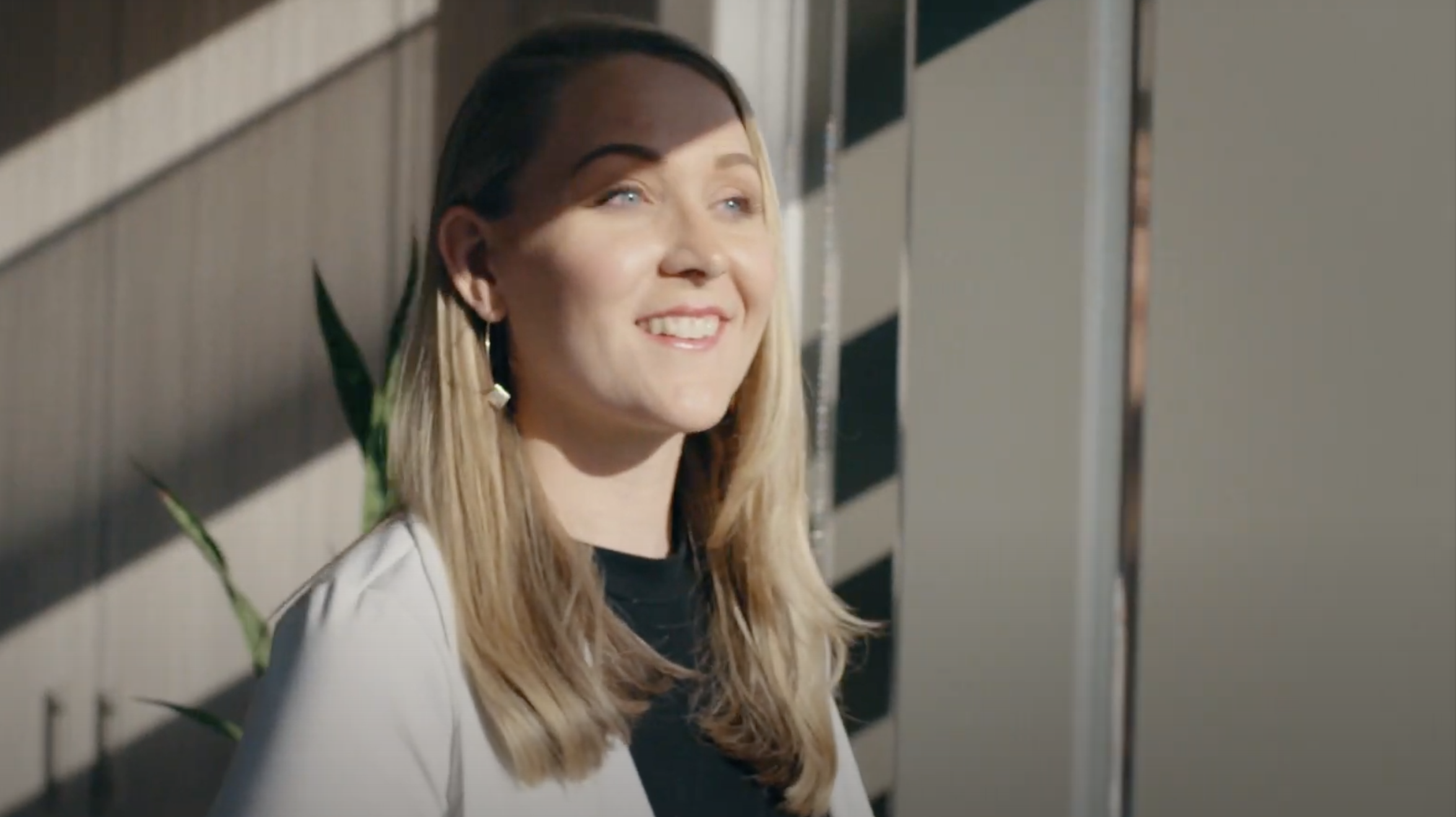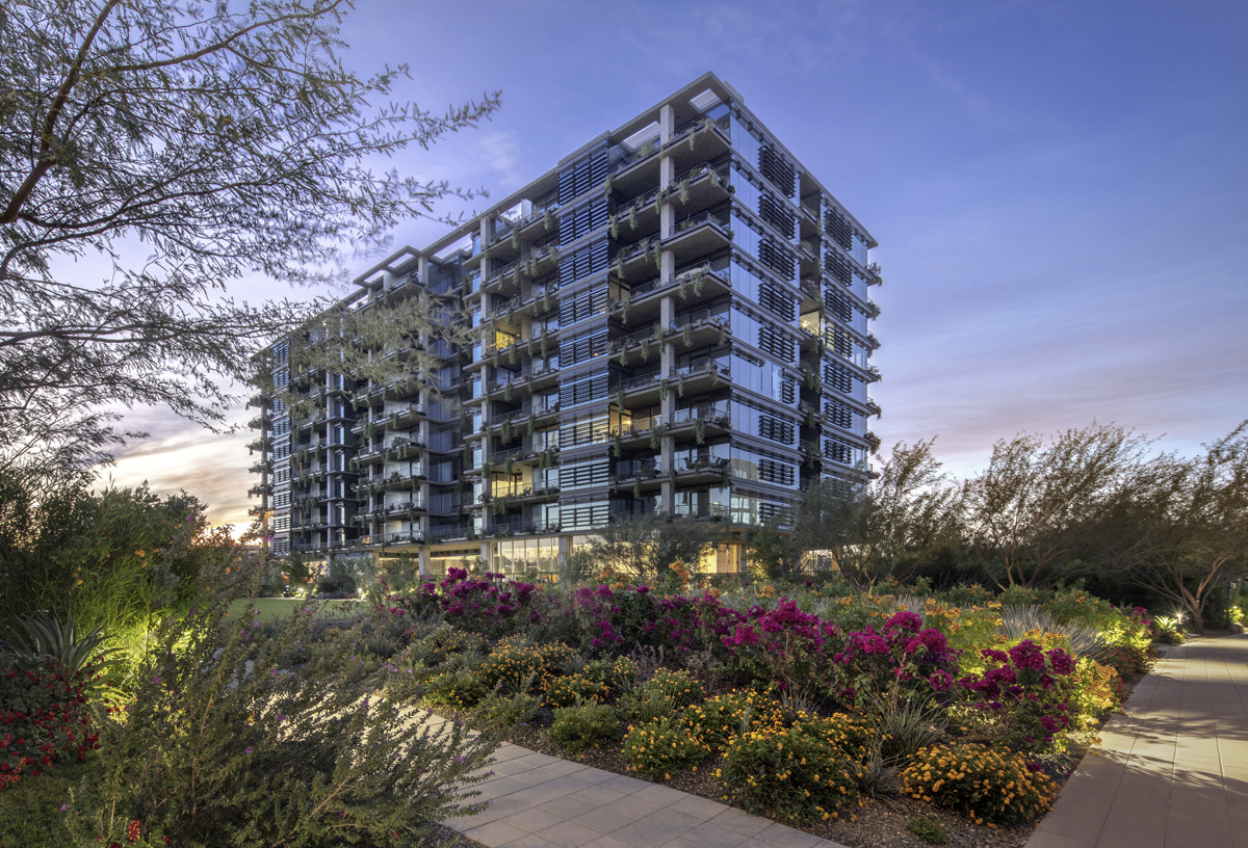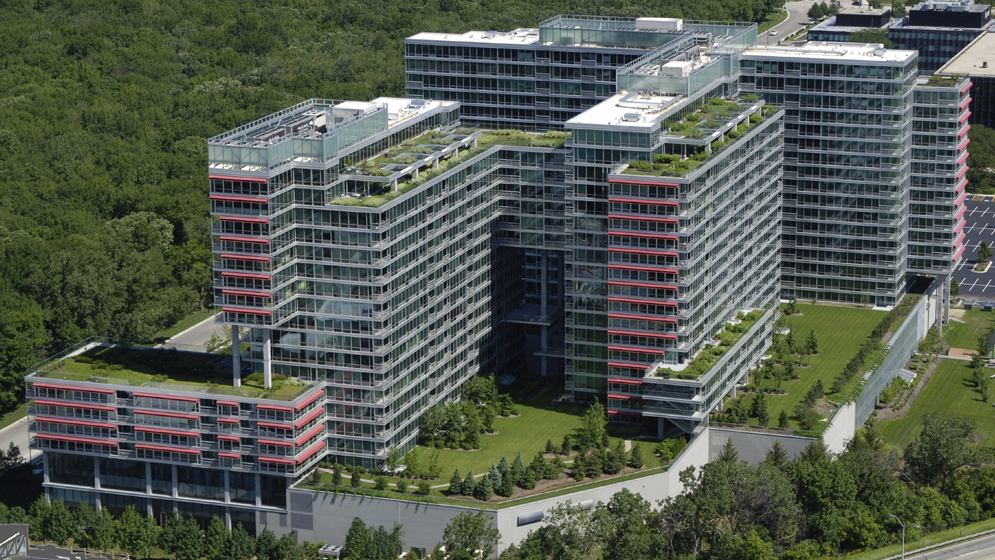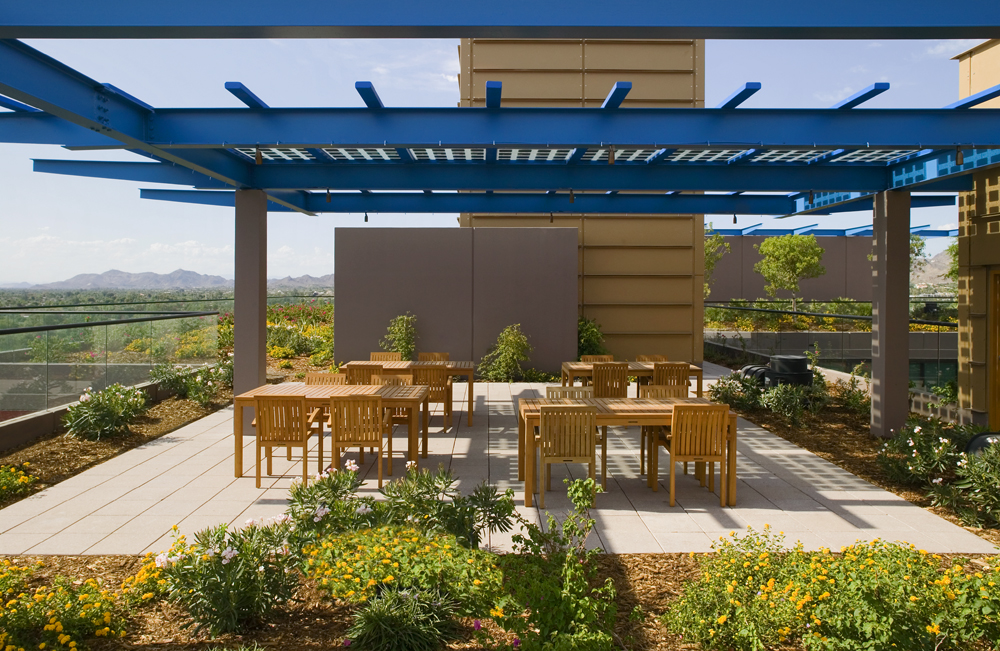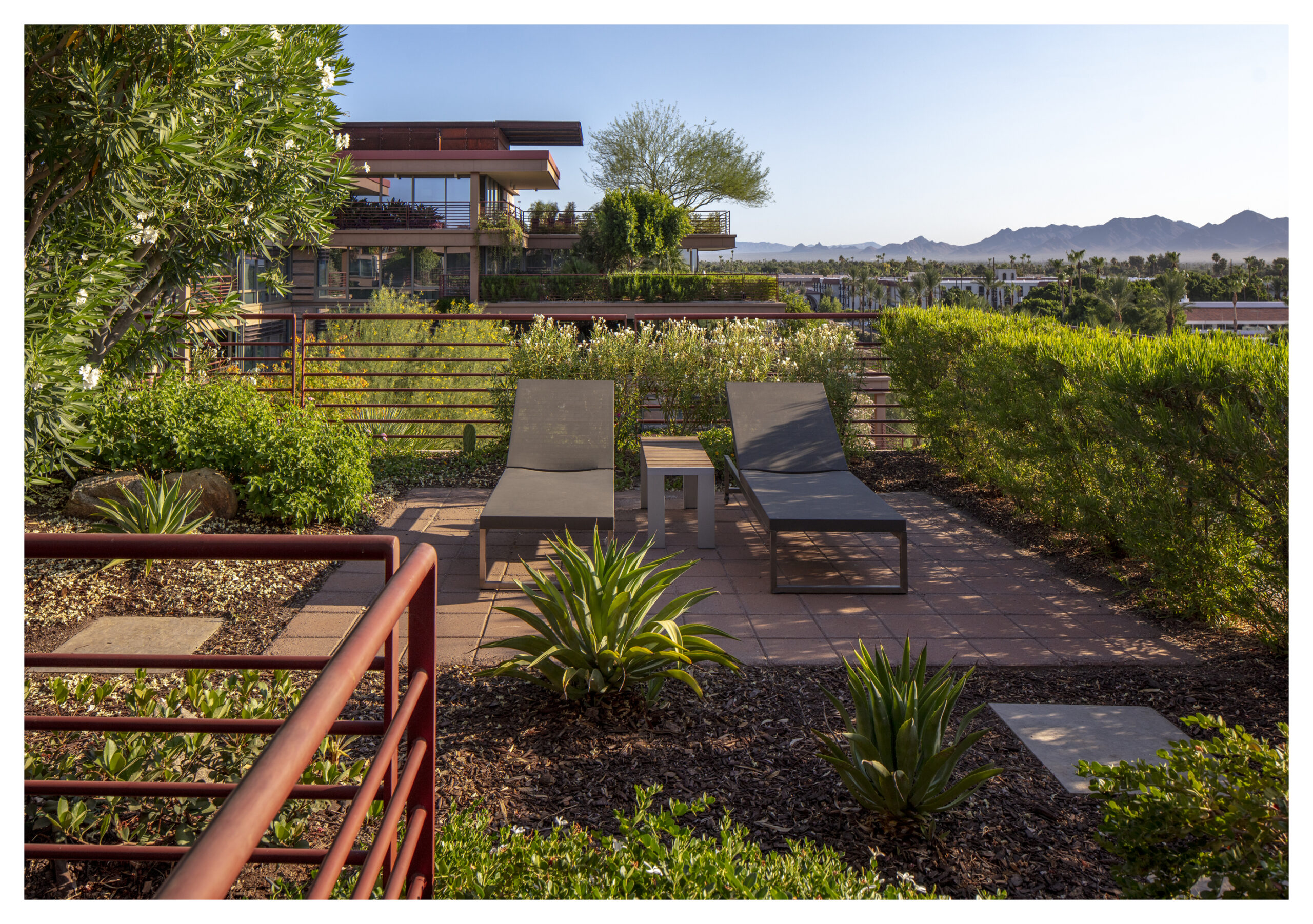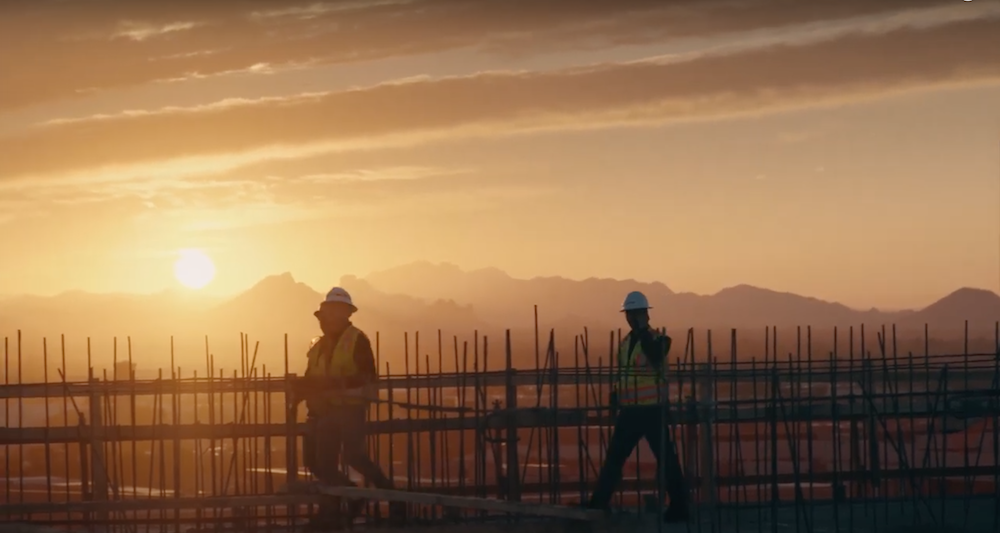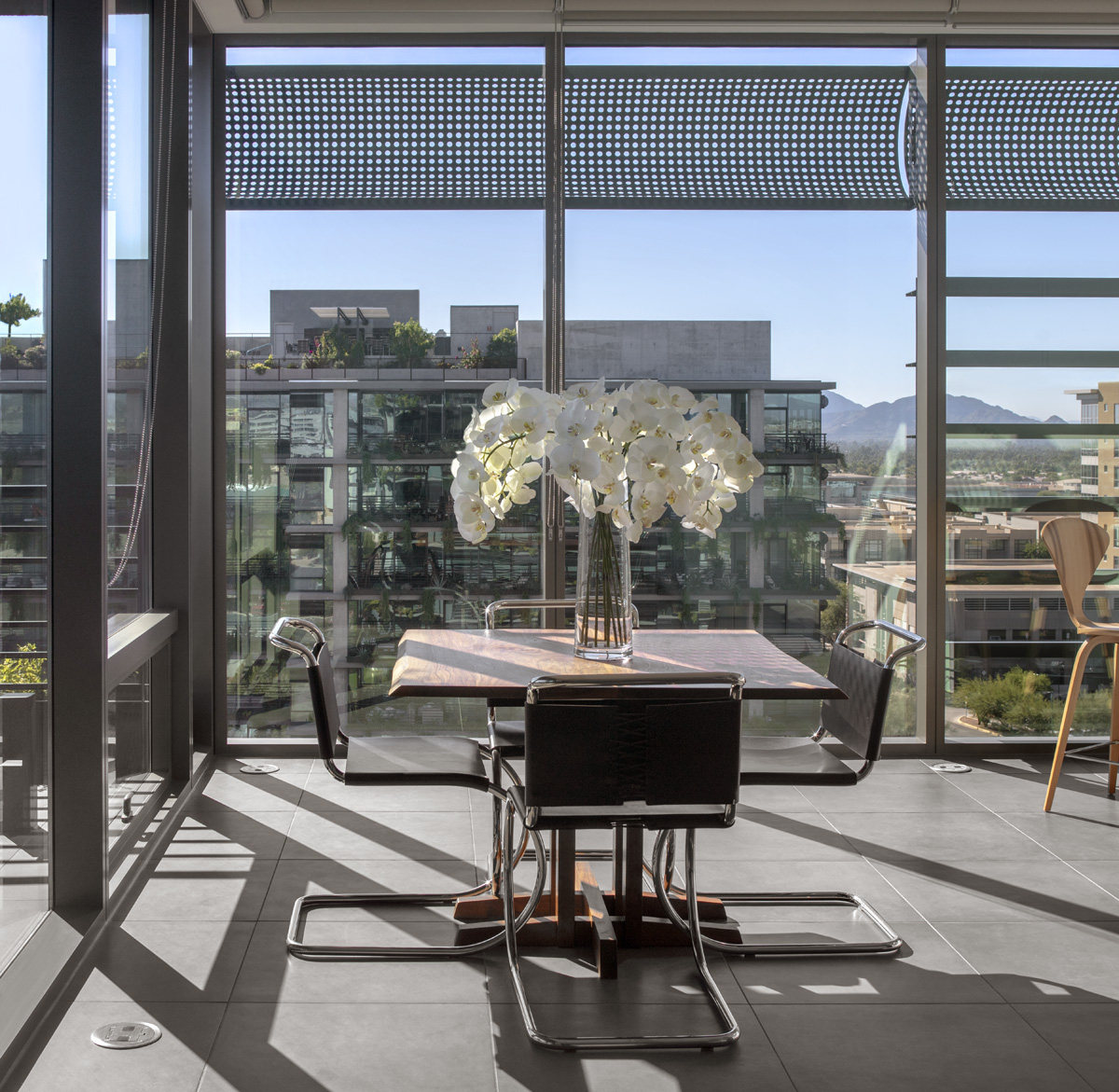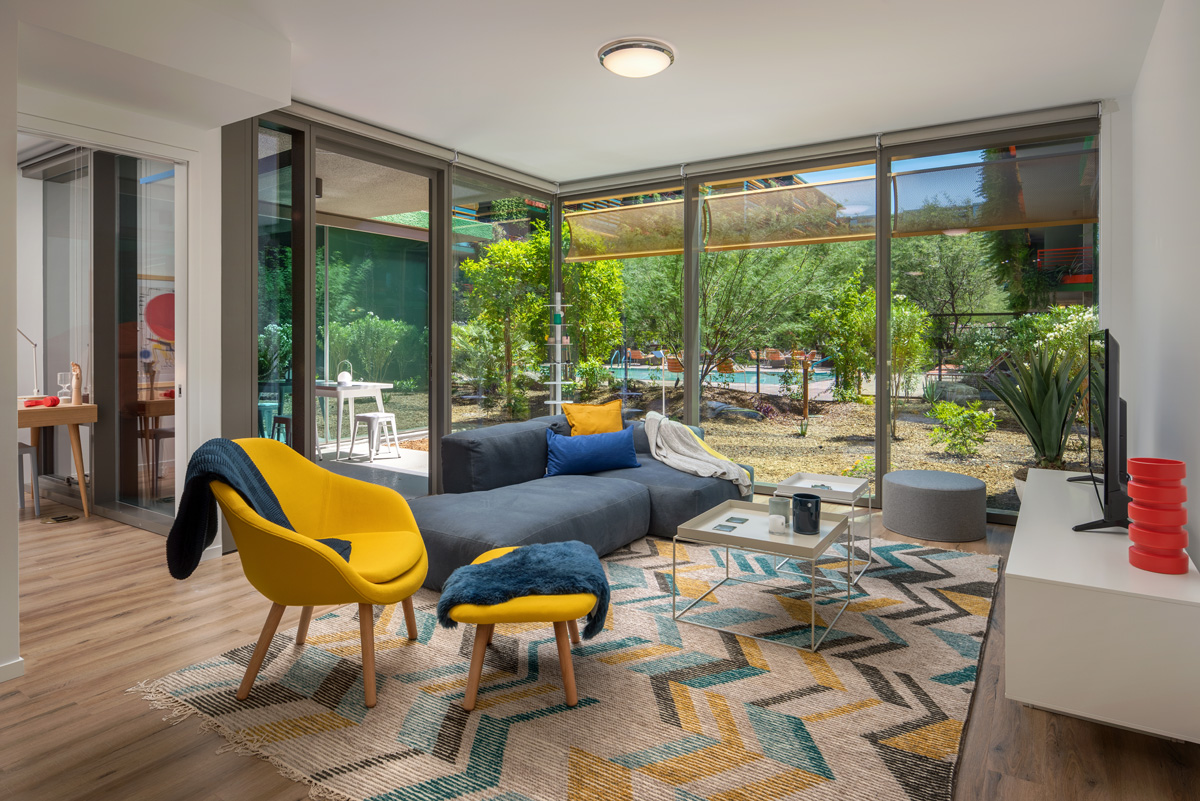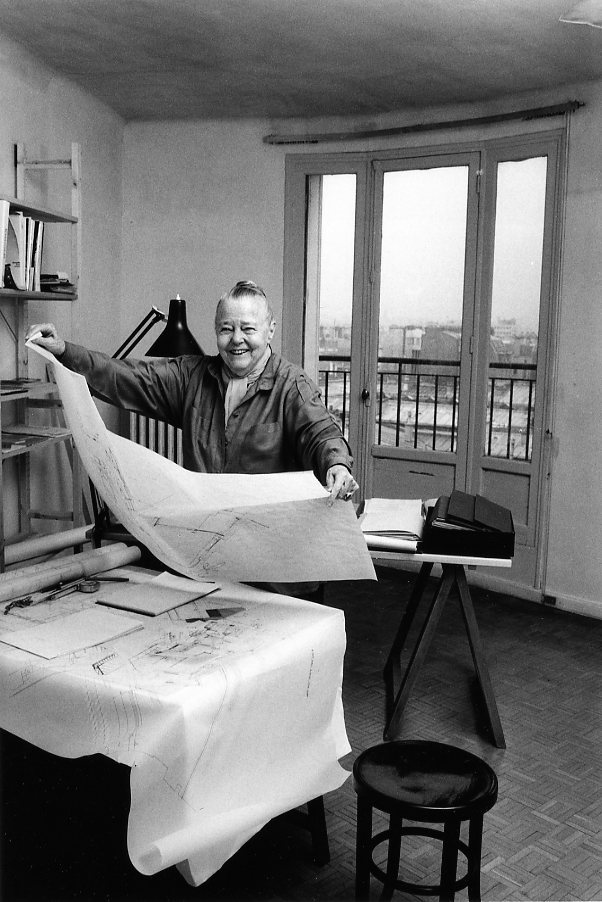Though 68% of all US households own a pet, finding a condo or apartment that allows pets can be quite the treasure hunt. And even when pets are allowed, there’s still a big difference between having a pet policy and being pet-friendly.
To overcome this challenge for renters and owners, pet-friendly buildings are including additional amenities or offerings that welcome and celebrate the community of pet-lovers and their furry companions. Particularly in urban areas, these pet-friendly inclusions become crucial to the convenience and happiness of animal owners and their pets.
At Optima, we constantly push ourselves to innovate and include exceptional features that elevate the resident experience, from installing pickleball courts to carefully choosing retail tenants that meet our residents needs. Over the past few years, improving the resident experience has also meant amping up our amenity offerings for oft-overlooked residents: our four-legged friends. Here’s a closer look at pet-friendly amenities at Optima:
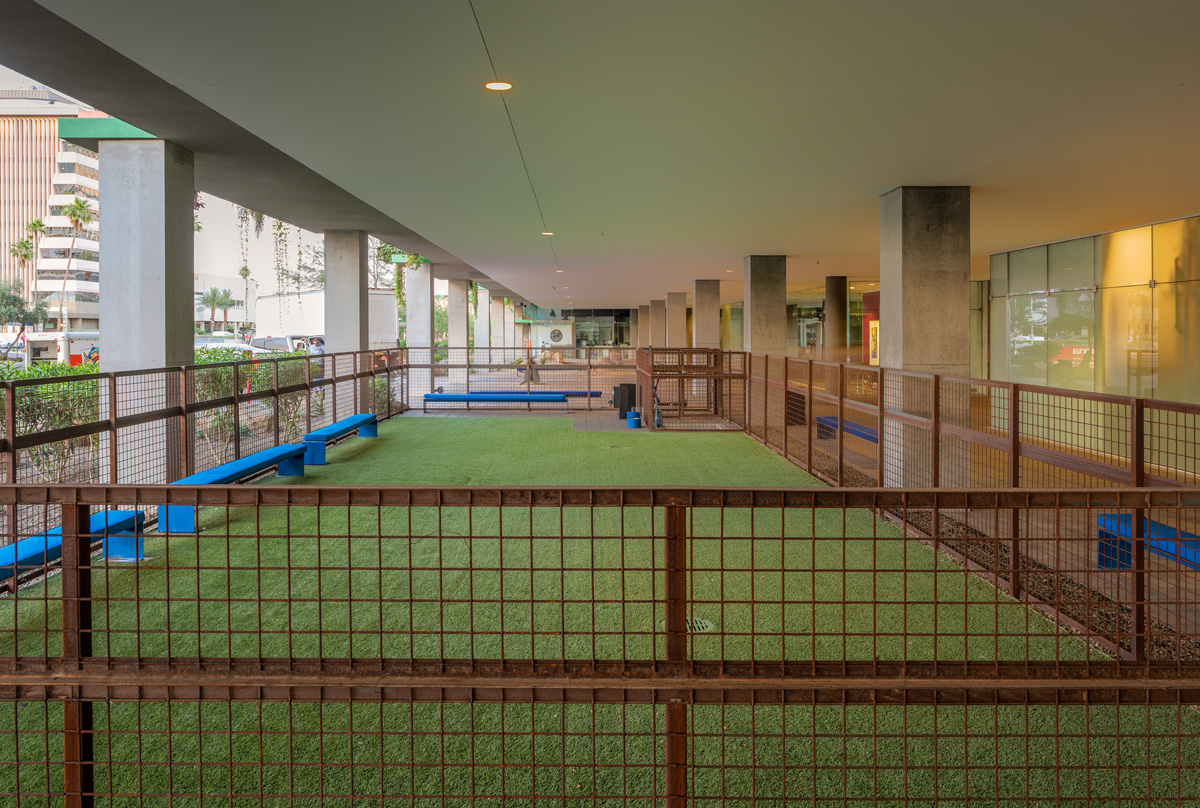
Optima Sonoran Village
Situated in the heart of urban Scottsdale, Optima Sonoran Village makes the optimal home for pet-owners with the inclusion of a community pet park. Beyond this dedicated space, Optima Sonoran Village has several acres of open space with walking paths, making it the perfect place for a morning dog walk. Each apartment at Optima Sonoran Village also features a private terrace, so your pet can get some fresh air at any time of day, without you even having to leave home.
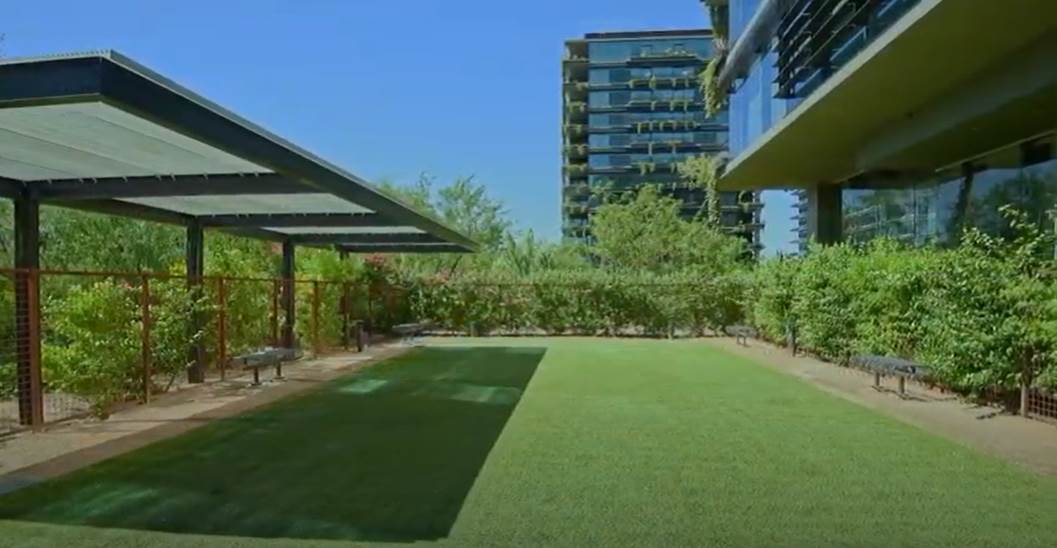
Optima Kierland Apartments
At Optima Kierland Apartments, our pet-friendly amenities at each tower include a dog park and pet spa. Residents and their pet companions can also make use of the sprawling green space that surrounds the properties, where getting exercise for your pet never requires going far — and even better, each unit’s private terrace offers outdoor space right within the bounds of your own home. The community even features a pet spa, so after a day of play, you can make sure your furry companion comes back to your apartment sparkly clean.
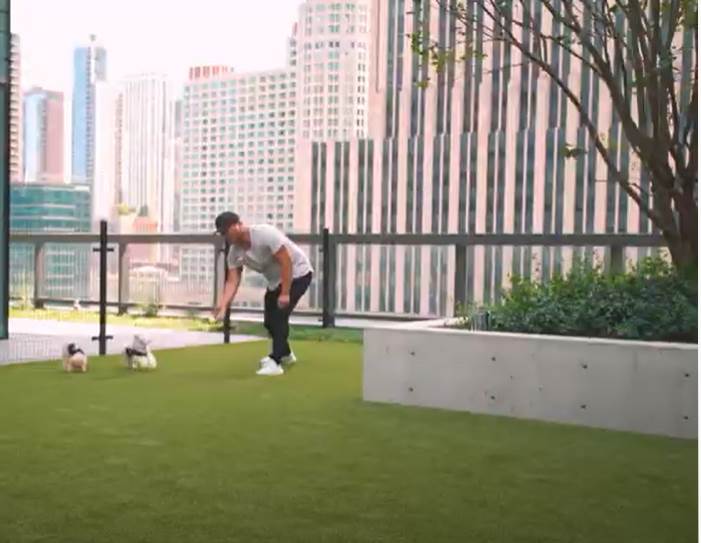
Optima Signature
At Optima Signature, our package of pet-friendly extras includes both indoor and outdoor dog parks as well as grooming facilities. We’ve even gone so far as to choose retail tenant GoodVets for our community here — a choice made specifically to respond to residents’ needs. Beyond on-site pet-friendly amenities, Optima Signature’s proximity to the riverfront and lakefront make it easy to take an adventure into the city with your pet.
Particularly in urban areas, we recognize that finding the perfect space for your pets to thrive can be tough, so we strive to make our residents’ lives easier and more enjoyable — for people and pups alike.

